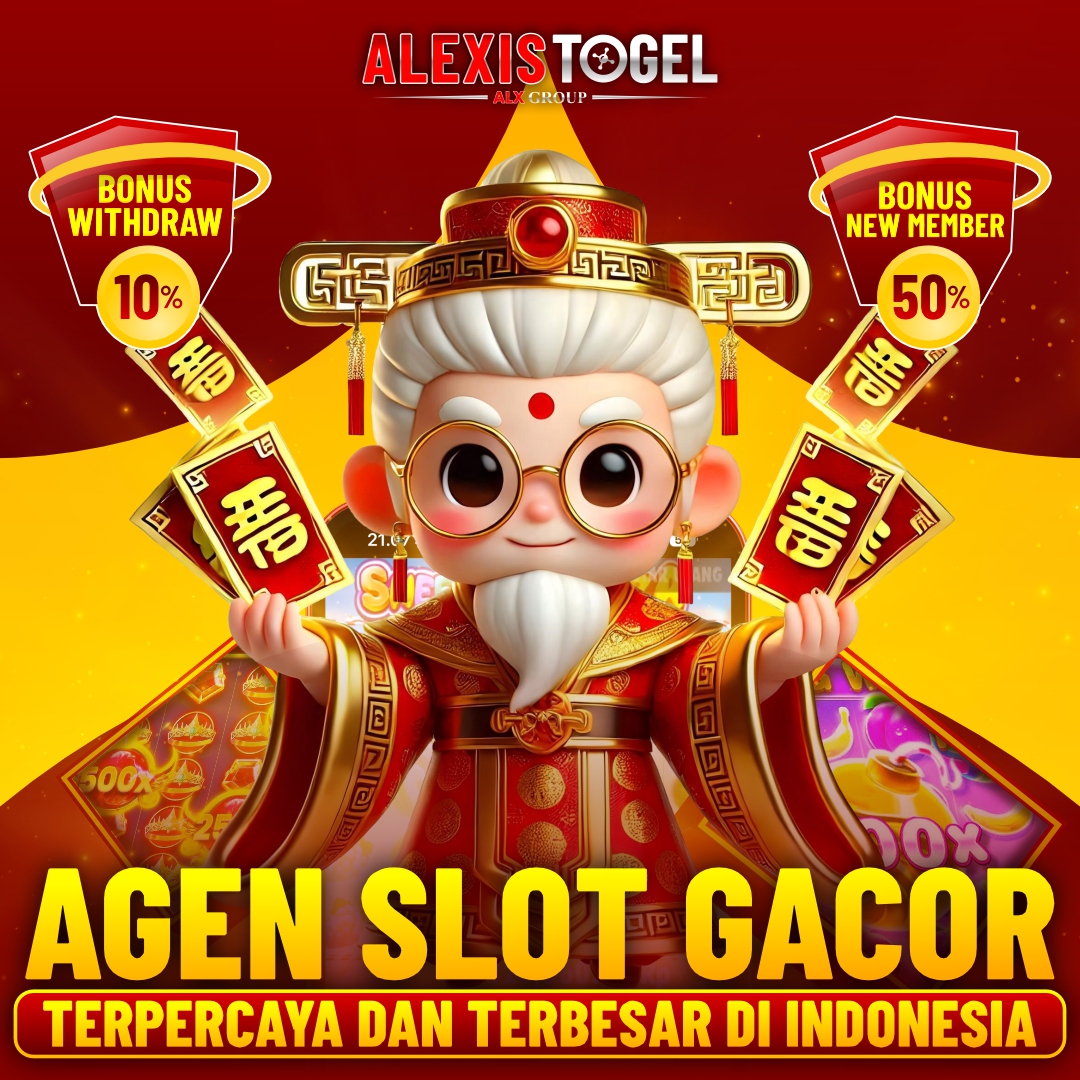
ALEXISTOGEL - Agen Slot Gacor Terpercaya dan Terbesar di Indonesia
Kalau kalian sedang mencari Agen Slot Gacor terpercaya maka, Alexistogel adalah jawabannya. Bukan tanpa alasan kalau Alexistogel bisa jadi agen slot gacor paling dipercaya di Indonesia, itu semua karena Alexistogel selalu menjanjikan kemenangan disetiap permainan slot gacor terkini. Didampingi oleh RTP terakurat mencapai 99% dijamin gampang banget dapetin jackpotnya. Belum lagi kalau semua permainan slot disini memiliki tampilan visual yang bukan kaleng-kaleng, tentunya bisa buat manjain mata kalian pas lagi main. Alexistogel memiliki pelayanan yang ramah banget dan selalu ready 24 jam always buat menanggapi semua keluhan kalian disini. Ditambah ada sistem keamanan paling canggih saat ini yang bikin semua data kalian dijamin aman banget deh, jadi tidak perlu khawatir lagi. Dari semua penjelasan diatas, pantas saja kalau Alexistogel direkomendasikan oleh para slotter di indonesia.
Bahkan untuk promo dan bonus Alexistogel juga tidak tanggung-tanggung loh, mau bonus A sampai Z semua ada disini, mulai dari bonus new member 50%, bonus deposit harian 5%, bonus rollingan 0.5%, dan bonus luck draw juga ada disini. Dijamin kalian dapat keuntungan serta benefit yang luar biasa banyak. Gak cuman itu aja, Alexistogel selaku agen slot gacor paling dipercaya, menyediakan banyak banget provider slot gacor terkemuka di dunia, contohnya kayak Pragmatic Play dan PG Soft serta provider terkemuka lainnya. Hal ini tentunya membuat para member bisa merasakan sensasi bermain yang aman, nyaman, dan tentunya menyenangkan. Seperti pepatah bilang “tak kenal maka tak sayang”, jadi langsung aja klik tombol daftar dibawah. Supaya kalian bisa merasakan berbagai fitur dan keunggulan bermain disini yang tidak bisa kalian temuin di tempat lain, sekali masuk dijamin ketagihan.
Keyword Terkait

